We all have heard the phrase “everything is bigger in Texas,” and the uncrewed aviation industry is no exception to the rule. For years, we have been looking, and occasionally finding, successful business models with remotely piloted aircraft, and we found one in the Lone Star State.
Arch Aerial, with headquarters in Houston, TX, is a drone mapping company founded in 2012 to provide an aerial platform for land surveying of archeological sites. We spoke to Ryan Baker, CEO and founder of Arch Aerial to better understand the foundations of a successful uncrewed aviation enterprise.
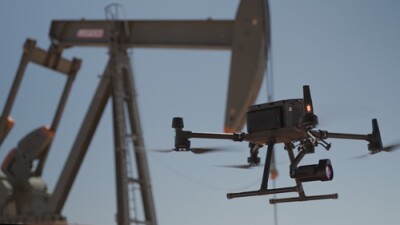 “The interest in utilizing drones on archaeological excavations led me to pull together a team of co-founders and launch the company towards the end of 2012,” Ryan said. “The initial success of our mapping efforts using our own home-made multicopter gave me an idea to launch a hardware company and promote our aerial platform.”
“The interest in utilizing drones on archaeological excavations led me to pull together a team of co-founders and launch the company towards the end of 2012,” Ryan said. “The initial success of our mapping efforts using our own home-made multicopter gave me an idea to launch a hardware company and promote our aerial platform.”
In 2014, Arch Aerial took the hardware they had developed to market, selling their kits to universities.
“At the end of 2014, beginning of 2015, we applied and received our Section 333 exception, the now famous predecessor of Part 107, and began offering services as opposed to only focus on manufacturing,” Ryan reported. “The services side of the business took off seriously, and by 2017 we were flying steadily for midstream oil and gas companies and commercial construction companies here in Texas."
One of the most successful applications of uncrewed aviation has been in mapping and monitoring of oil and gas installations. This is due to the need to protect this vital infrastructure and, at the same time, remove human personnel from the physical premises in order to prevent accidents and casualties.
“This focus on the oil and gas industry lead to a hockey stick-type growth, and today we have 15 employees and three offices in Texas,” Ryan said proudly. “Our team of drone pilots and technicians can flow and map about 2,000 miles of pipeline right of way a month, and today we have direct contract with 20 to 30 pipeline operators and also have 40 to 50 general contractors that use our services regularly.”
Knowing that cyclicality in business is a major cause of startup failure, Ryan and his team began exploring new industries that might create new sources of revenue without deviating from the core mandate of offering aerial services in the Texas area.
“We diversified into construction,” Ryan said. “For our construction customers, we provide aerial photography, videography, mapping, and 3D modeling conducted before, during, and after the project, allowing them to maintain a close eye on development of the project and managing inventory of raw materials on the site.”
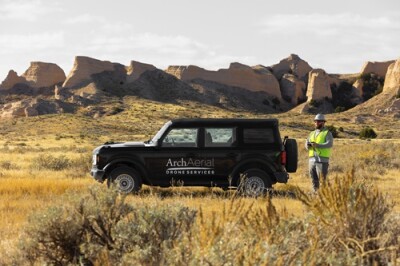 When the issue of the eventuality Part 108 came up, Ryan was very forward-looking and, obviously, preparing for the near future impact that flights beyond visual line of sight (BVLOS) will have on his business.
When the issue of the eventuality Part 108 came up, Ryan was very forward-looking and, obviously, preparing for the near future impact that flights beyond visual line of sight (BVLOS) will have on his business.
“Part 108 will make us more competitive because the majority of the pipelines we map and monitor for our clients extend over long stretches of land,” Ryan asserted. “But while we wait for the next set of regulations, we've applied for a BVLOS waiver and will be adding fixed-wing aircraft to our fleet in order to increase flight time and distance.”
Examples like Arch Aerial are what makes this industry unstoppable. It is only a matter of time before companies like these will proliferate across the globe, competing and making their services more affordable and readily available in contrast to the heavy costs and complications of traditional aviation.

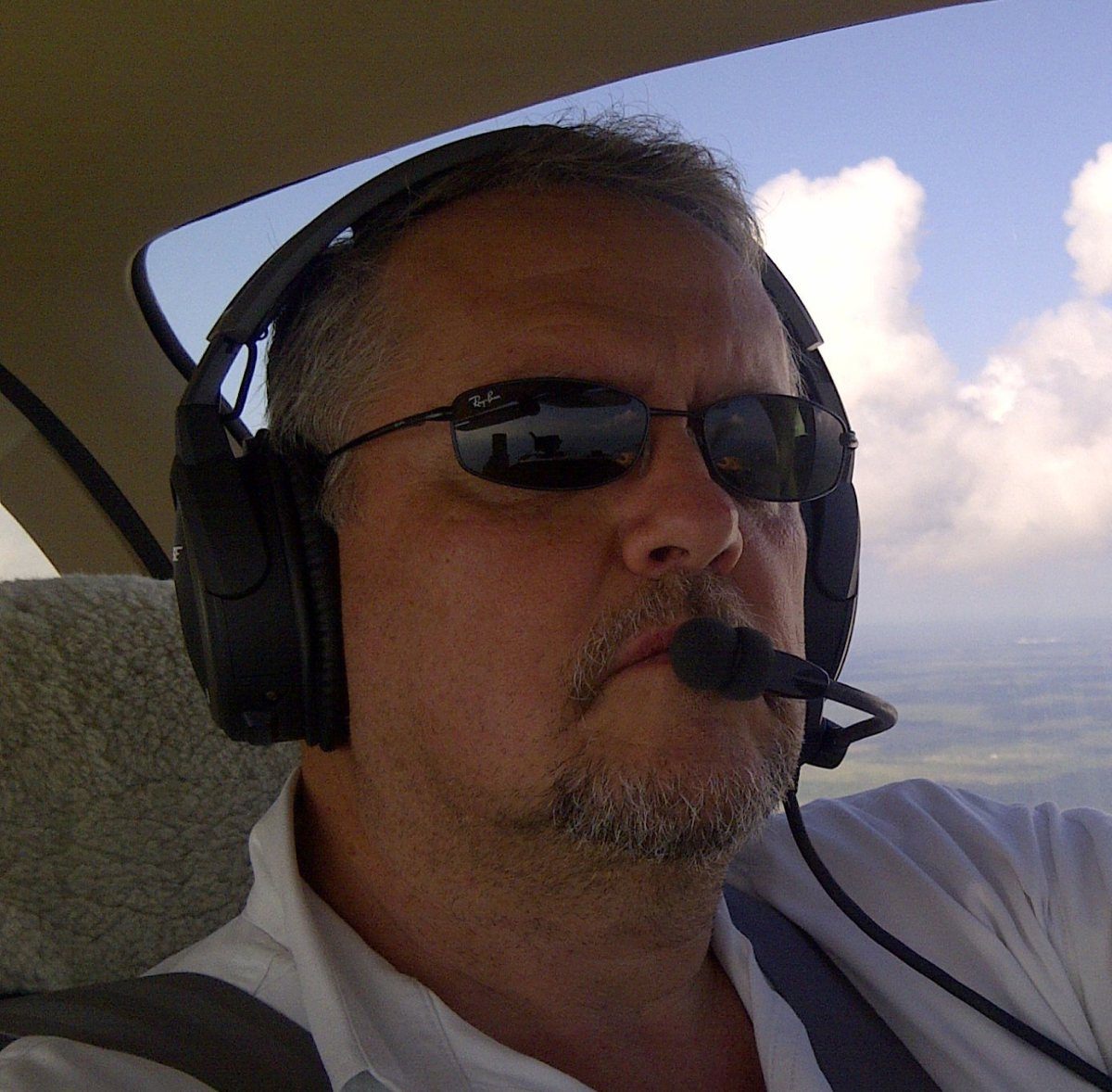
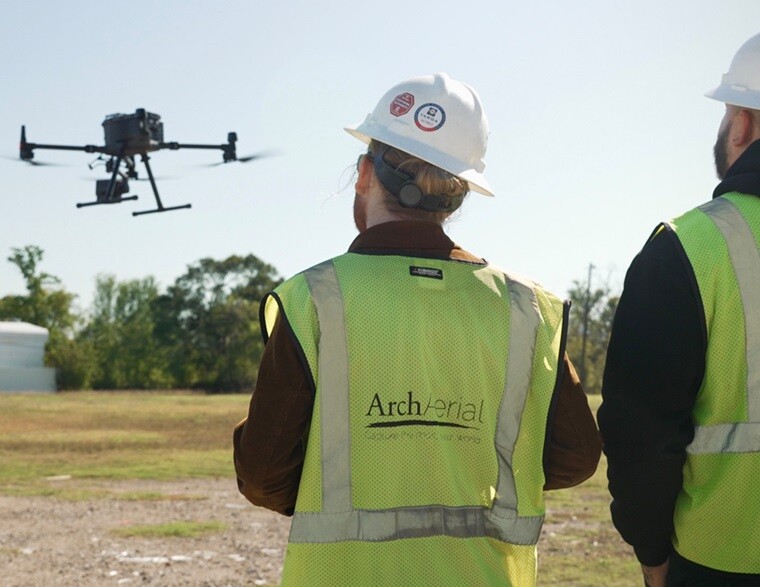

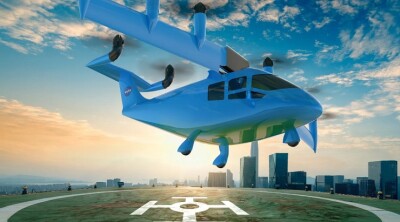
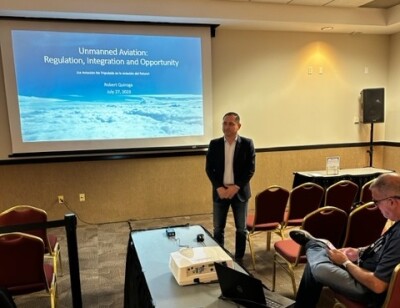
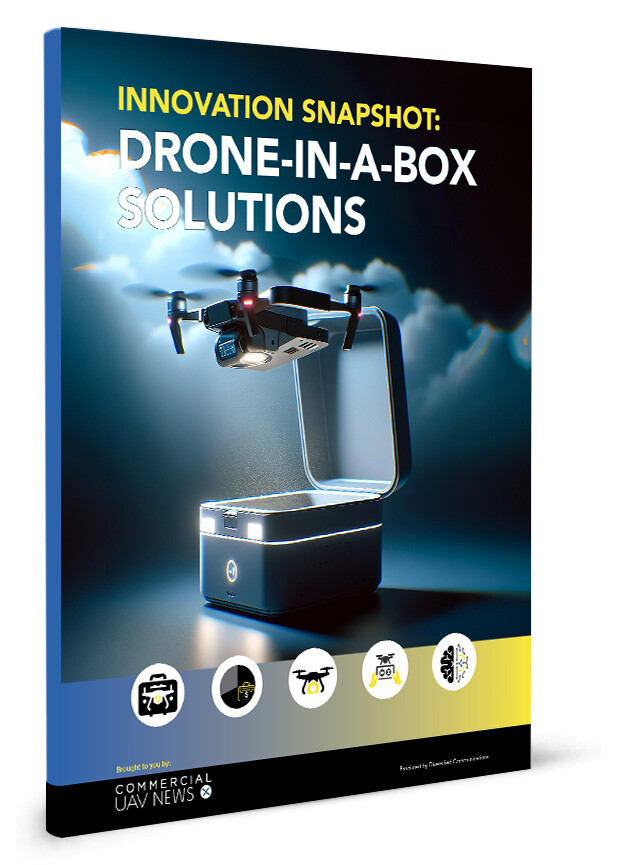


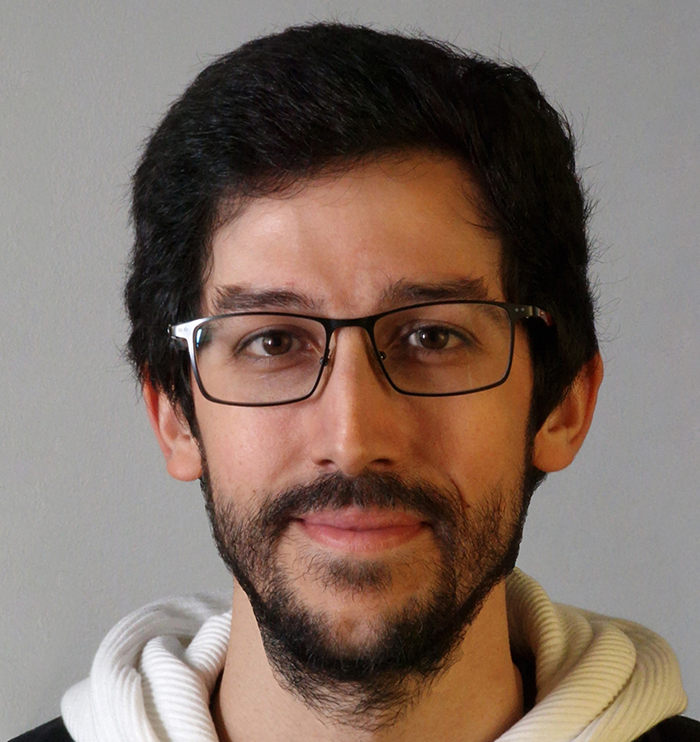


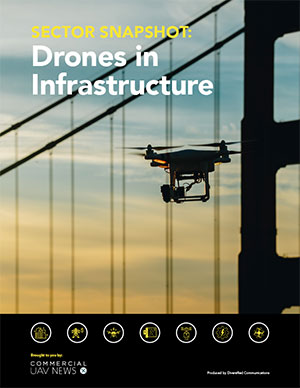
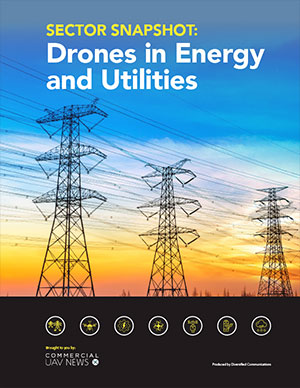
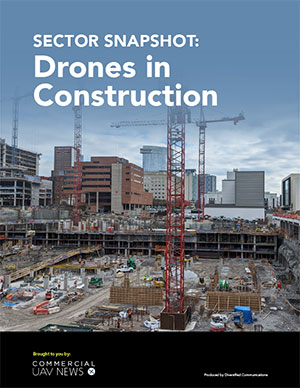
Comments